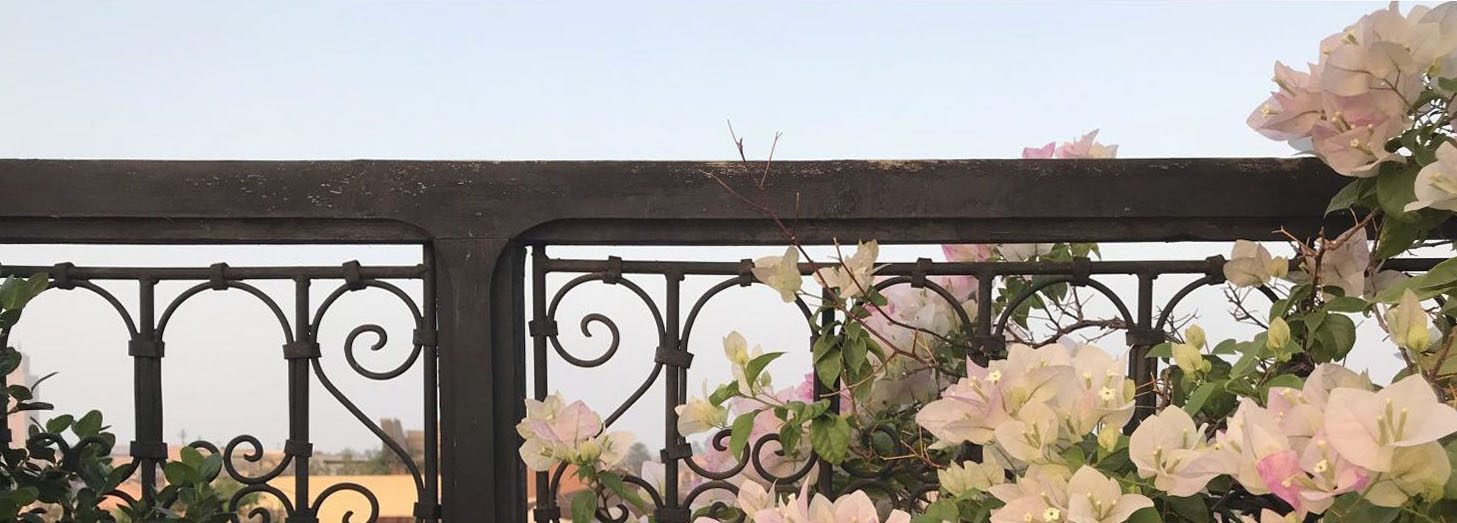1 William Floyd Parkway, Shirley, NY 11967
The inspiration for my project came from Eliot Dudik. He is a photographer who travels around and documents history and the characteristics of each place that he visits. His series almost creates a story that the viewer can get information from. Although he primarily focuses on the history, Dudik has captured the essence of each place that he photographs, almost creating a lens for the viewer to know exactly what each town consists of.
I decided to photograph nature and landscapes. I chose to photograph the characteristics of one of my favorite places, Smith Point County Park. This place is so important to me because of the many memories throughout my life, whether fishing, camping, or hiking. I wanted to photograph the essence of this park and what somebody might see when visiting, whether it be the nature or the people that go there. I took pictures on multiple days to show the different dynamics of the park and how it can change due to weather. It shows many characteristics not only of Smith Point County Park, but of Long Island’s ecosystem.
I chose to take my pictures during the time of sunset. I chose this time not only because it creates a beautiful glow on the subjects, but because of the feeling that this time creates. It almost feels as if all time stops during sunset and there is a certain peacefulness and serenity. I think that my series embodies these feelings and I hope that I can convince whoever sees it to visit nature more often, especially during the time of sunset.
I titled my series the address of Smith Point County Park because I believe that it best reflects the feelings and activities that occur there. For some, it’s an address to visit. For others, it’s a home.
Peer
Fishing II
Fishing III
Float on
Dock
Osprey
Curious
Hungry
Look Out














































































